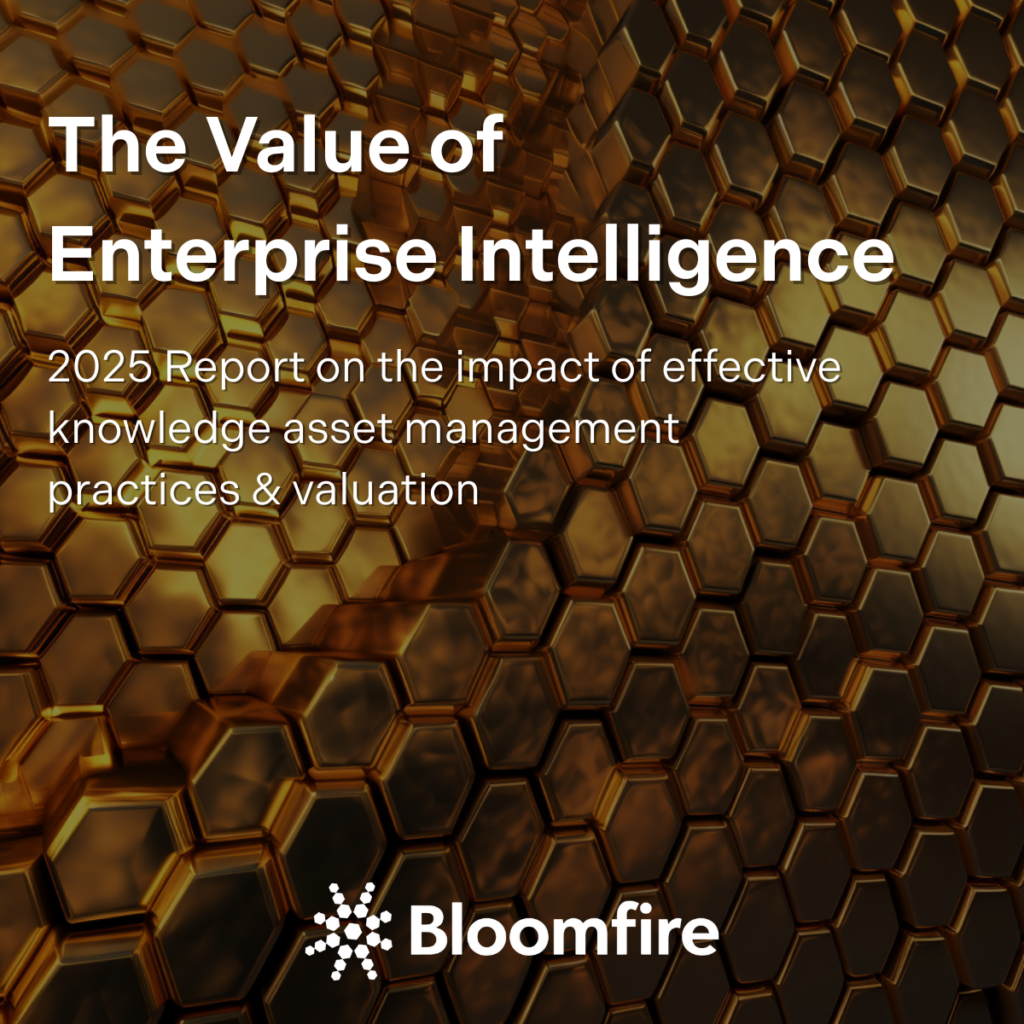
Knowledge Hub
Articles
Welcome to Bloomfire’s Knowledge Management Resource Center. Dive deep into a curated collection of articles, eBooks, webinars, and more, designed to provide you with essential knowledge management resources. Embark on a journey to elevate your expertise and harness the full power of knowledge engagement.












Unlock the full potential of your business with exclusive strategies and data-driven insights curated by Knowledge Management experts.

See how Bloomfire helps companies find information, create insights, and maximize value of their most important knowledge.

See Bloomfire in action across several potential configurations. Imagine the potential of your team when they stop searching and start finding critical knowledge.